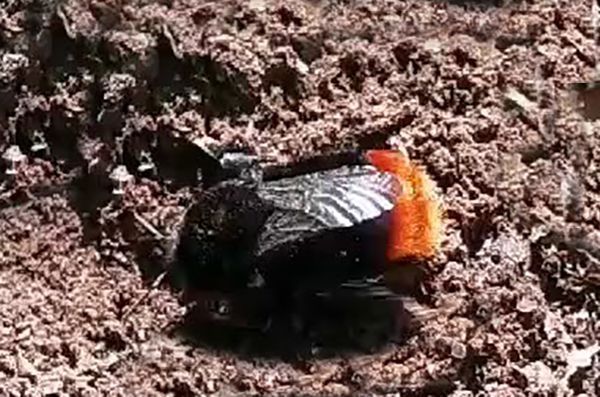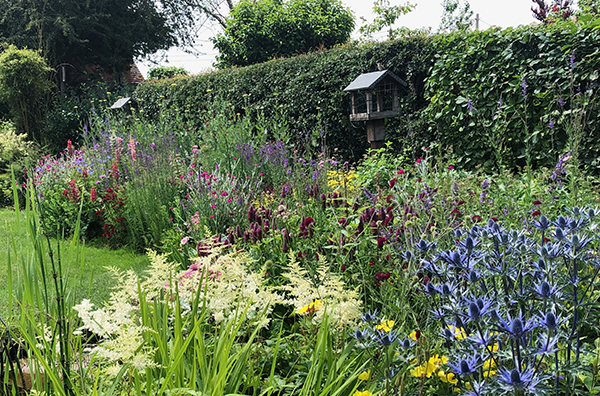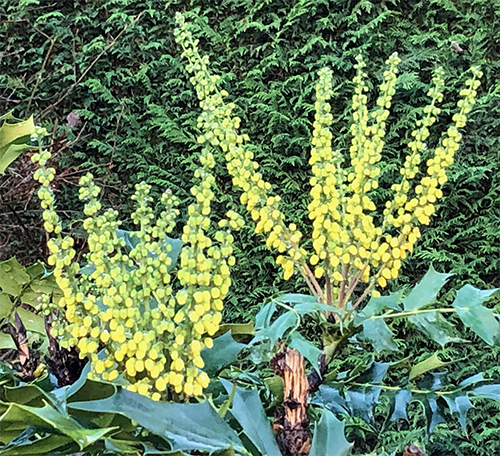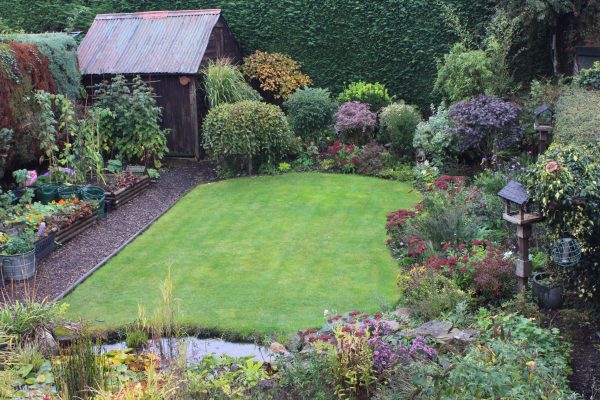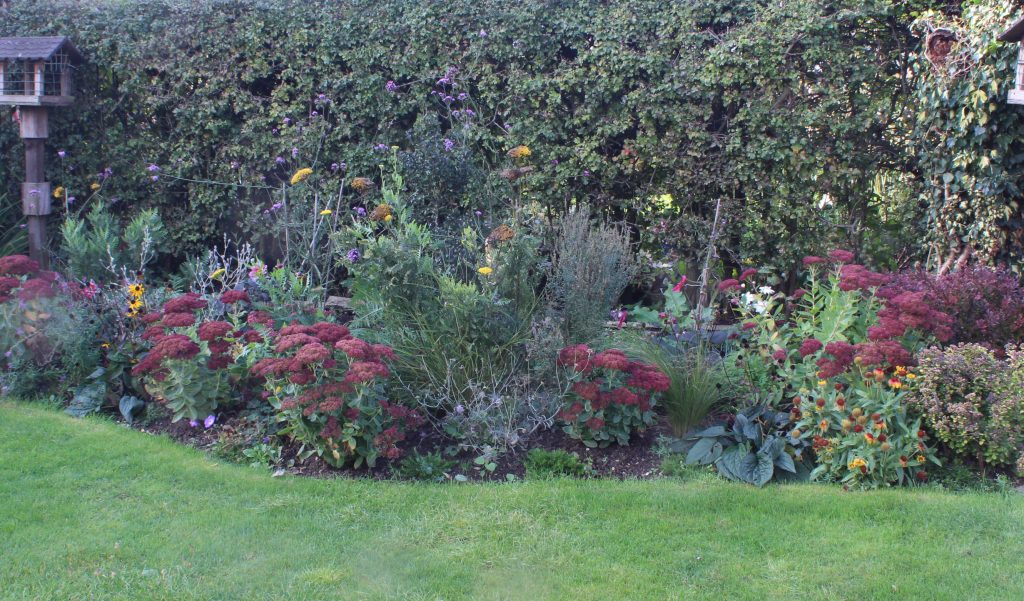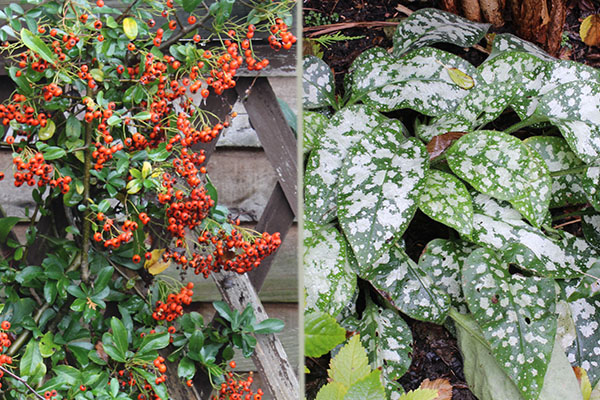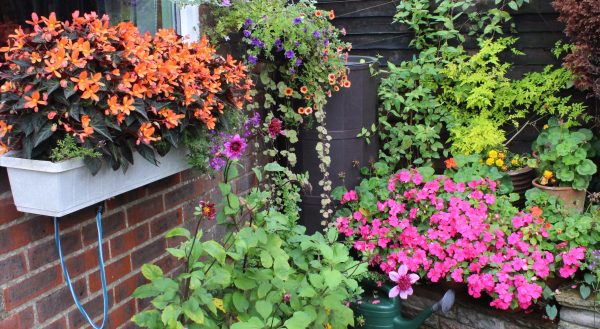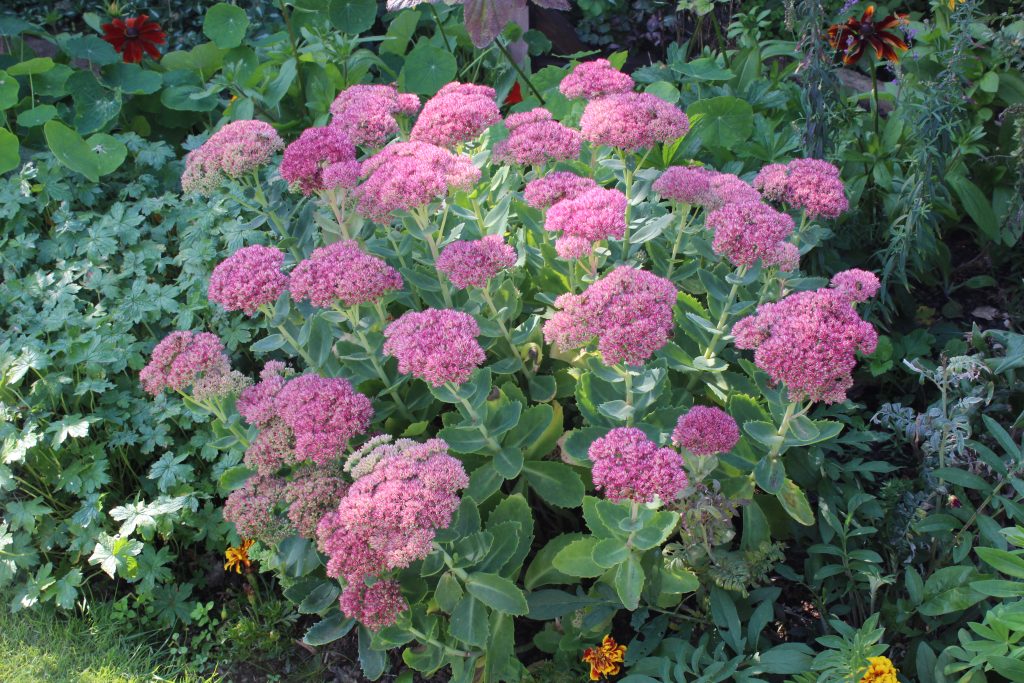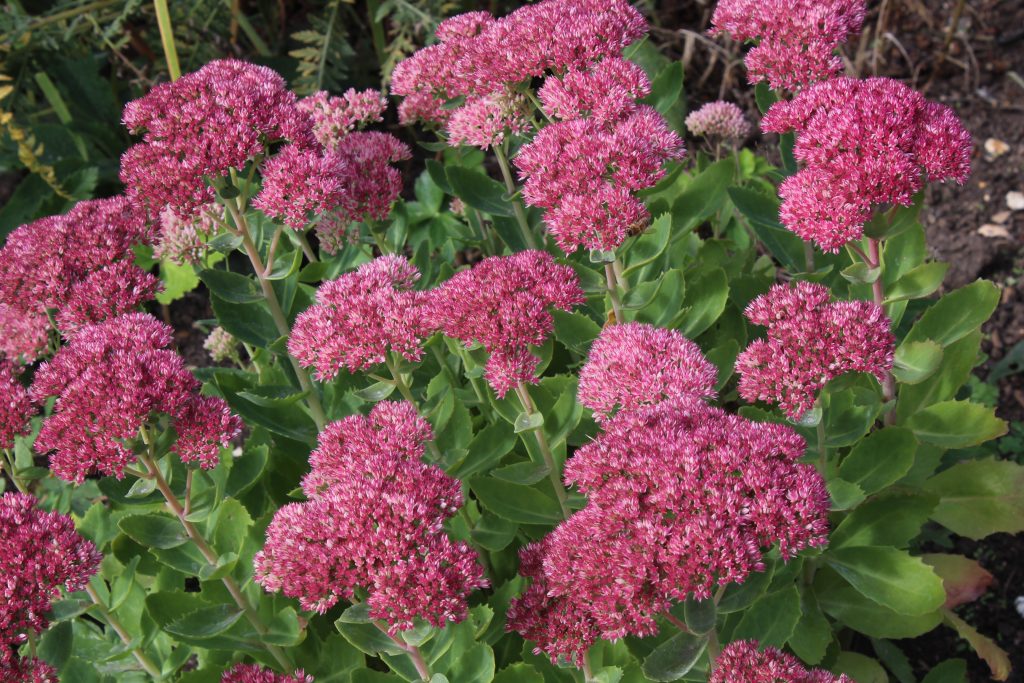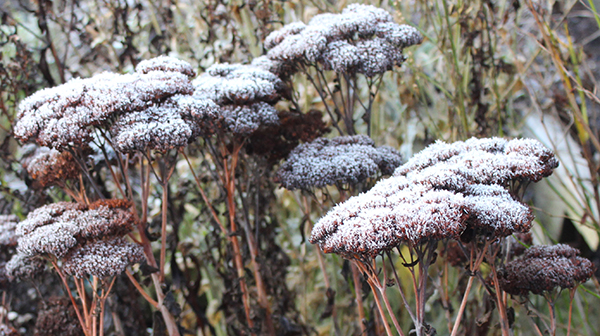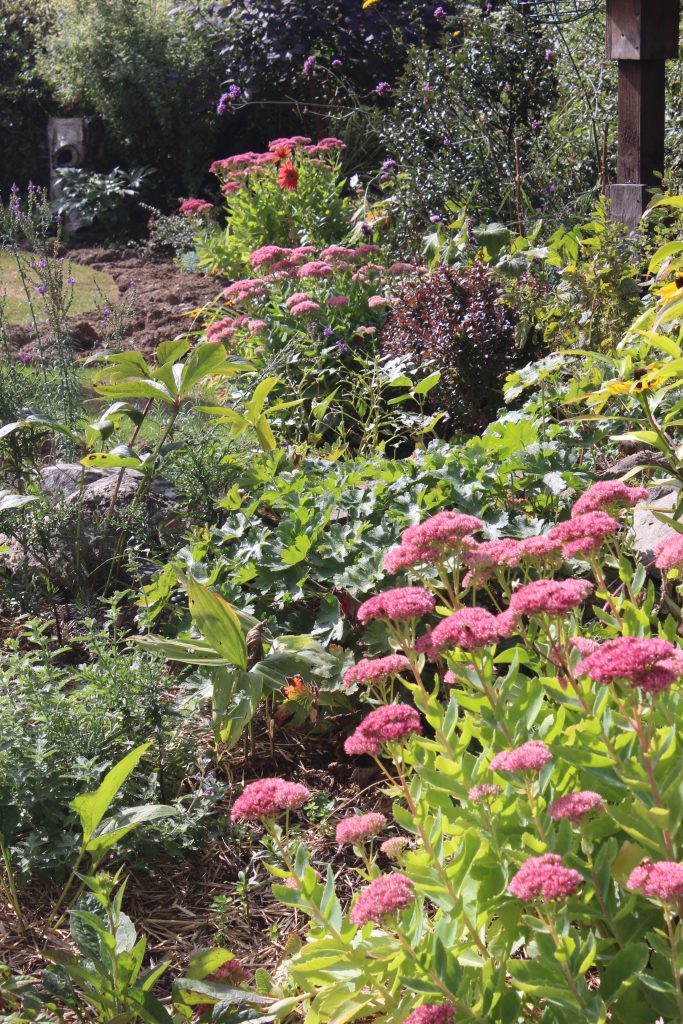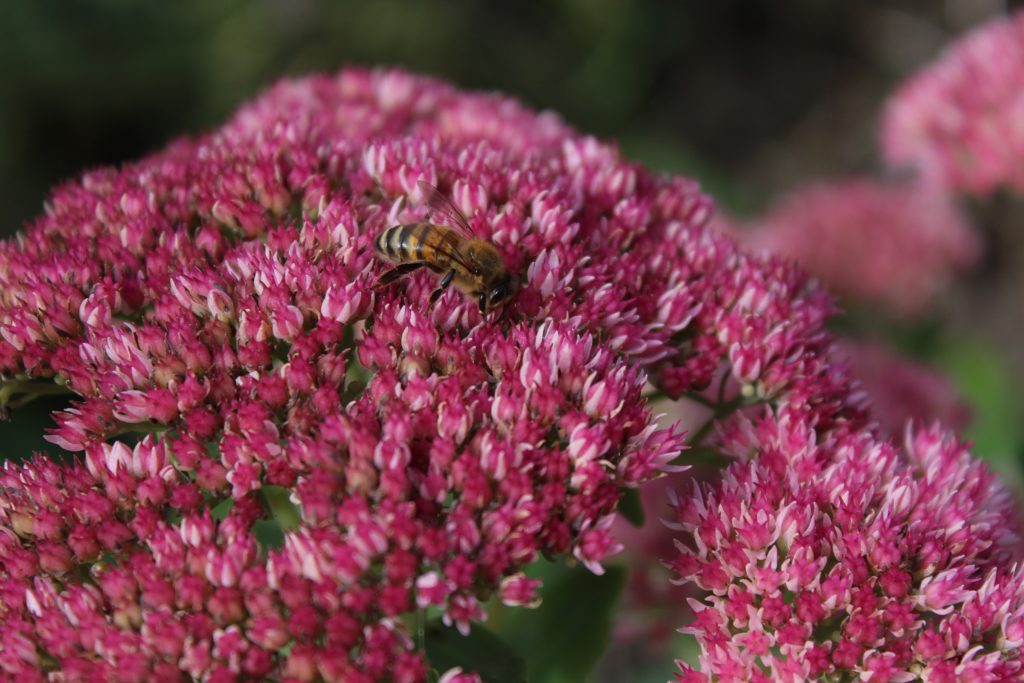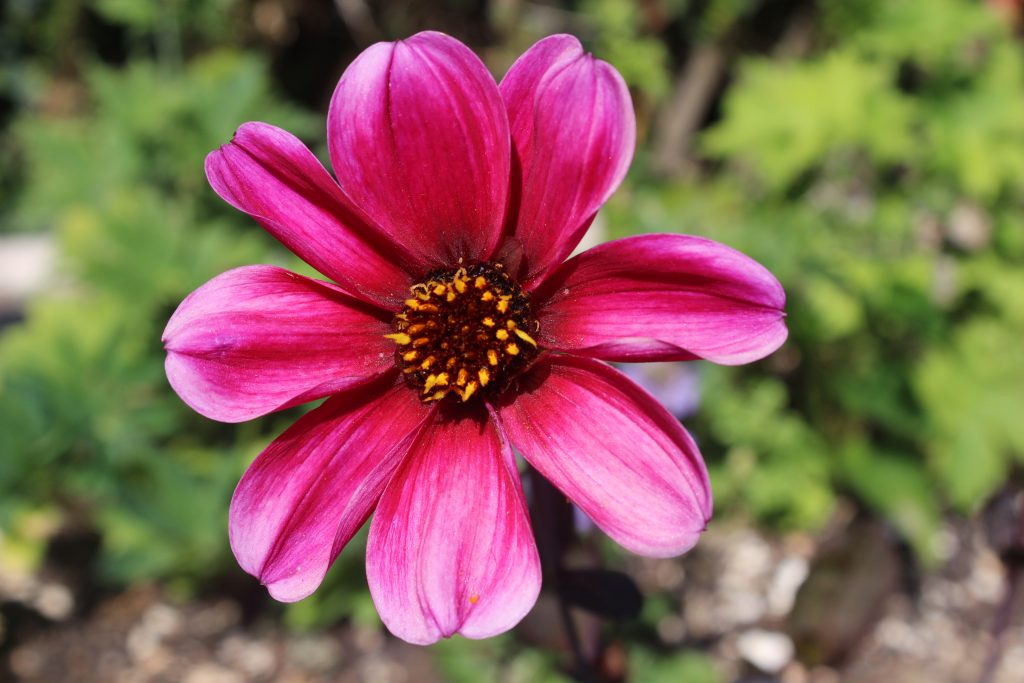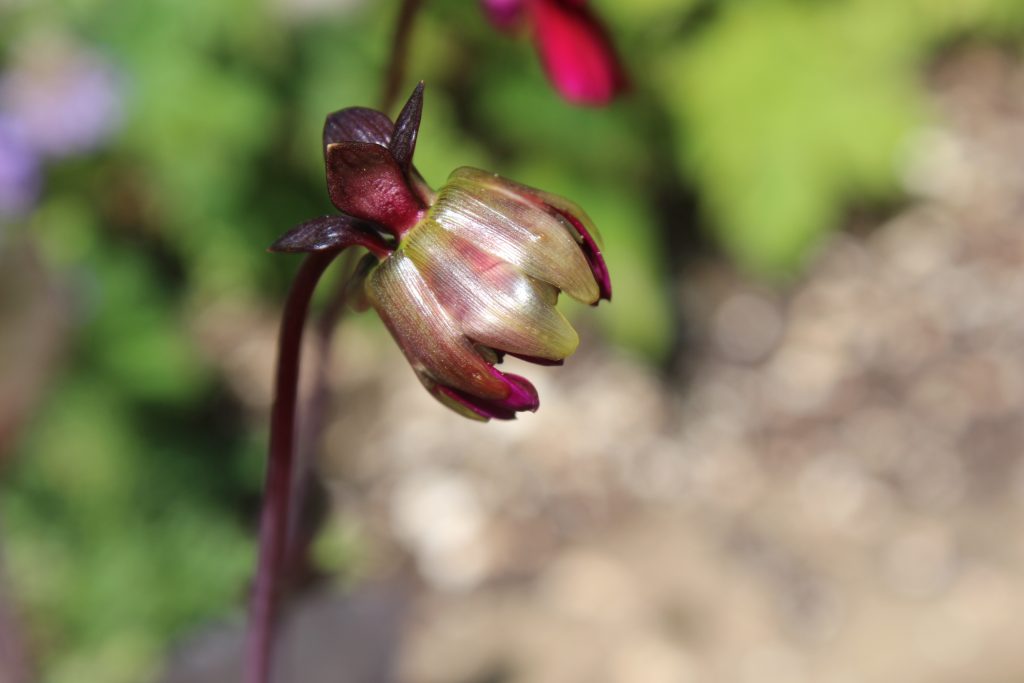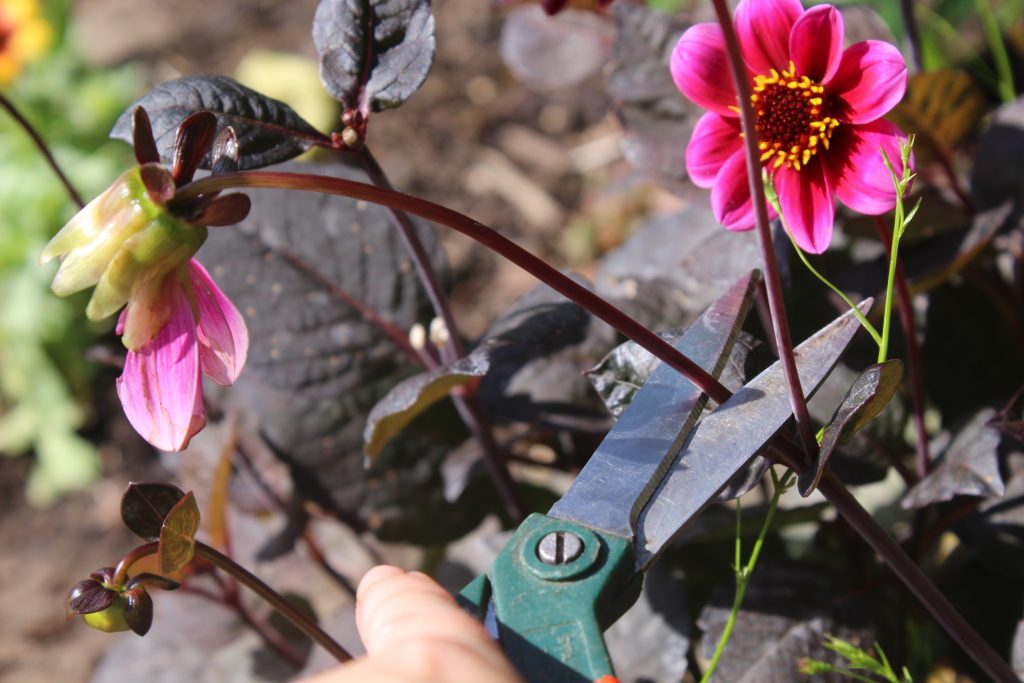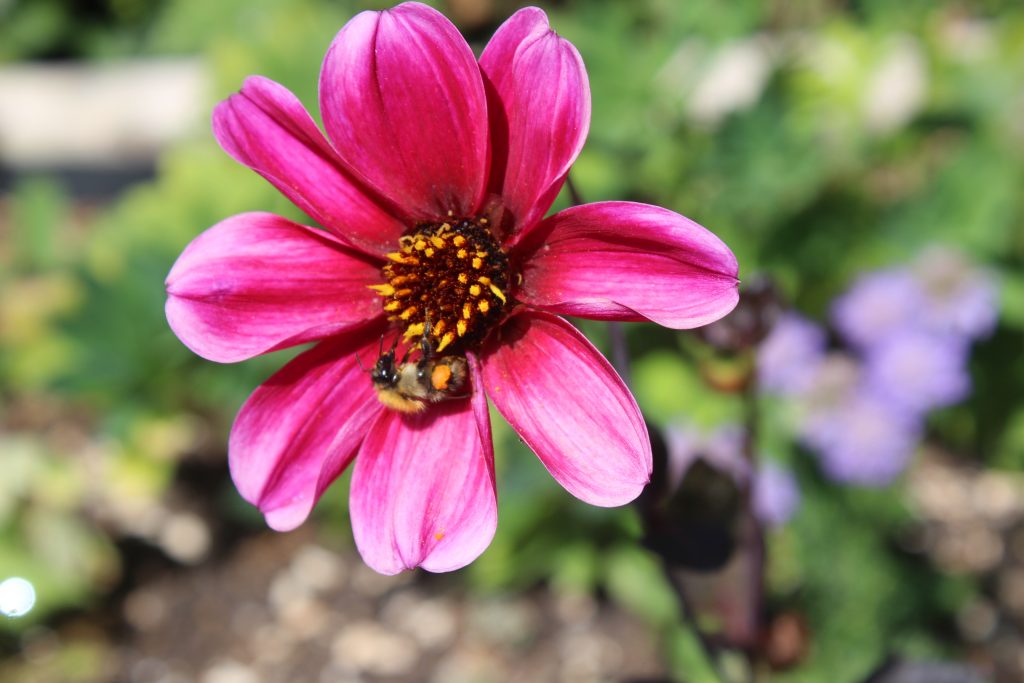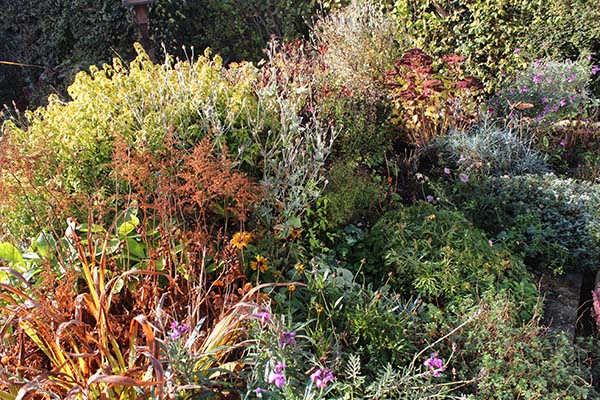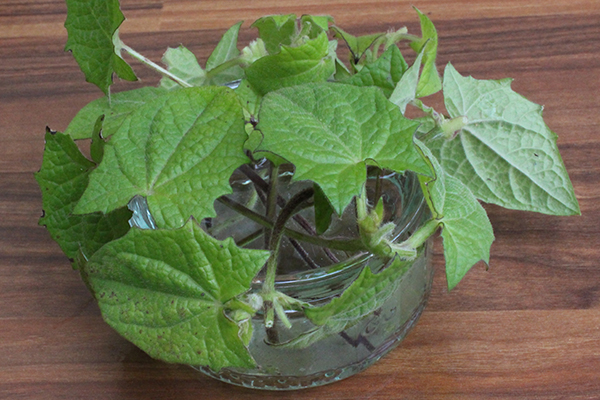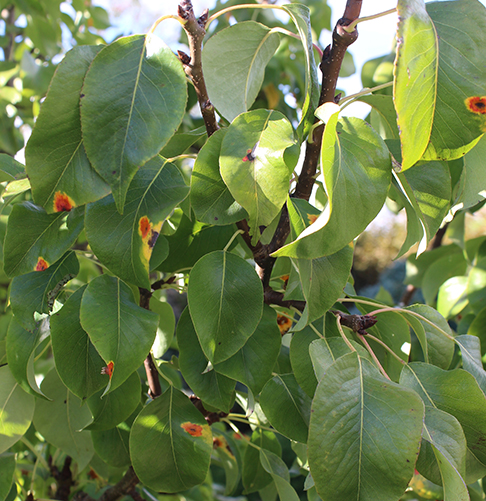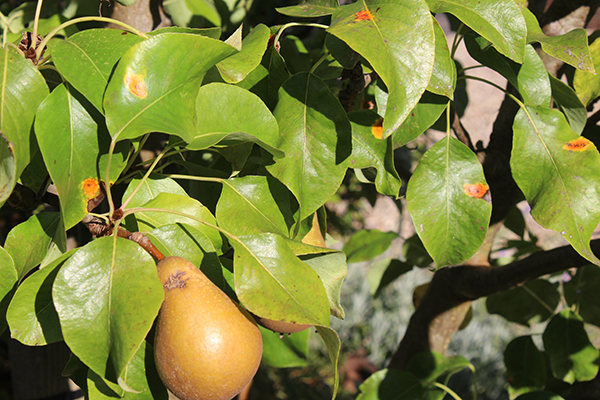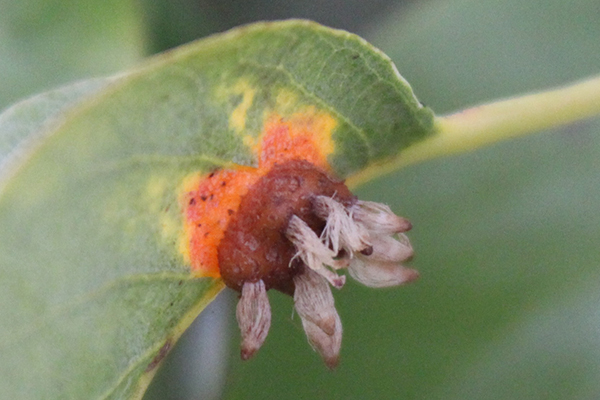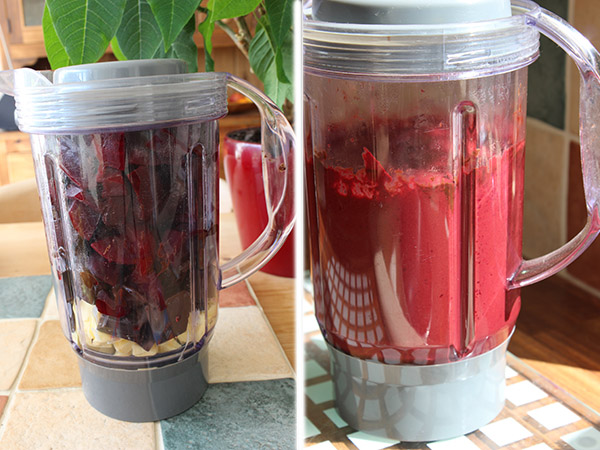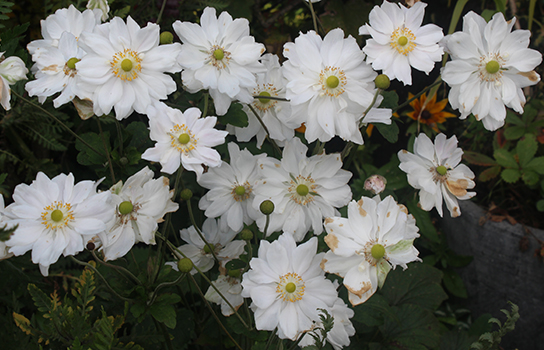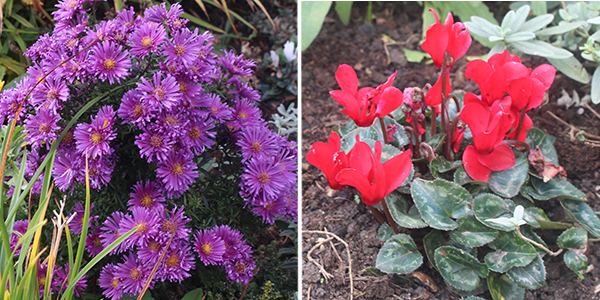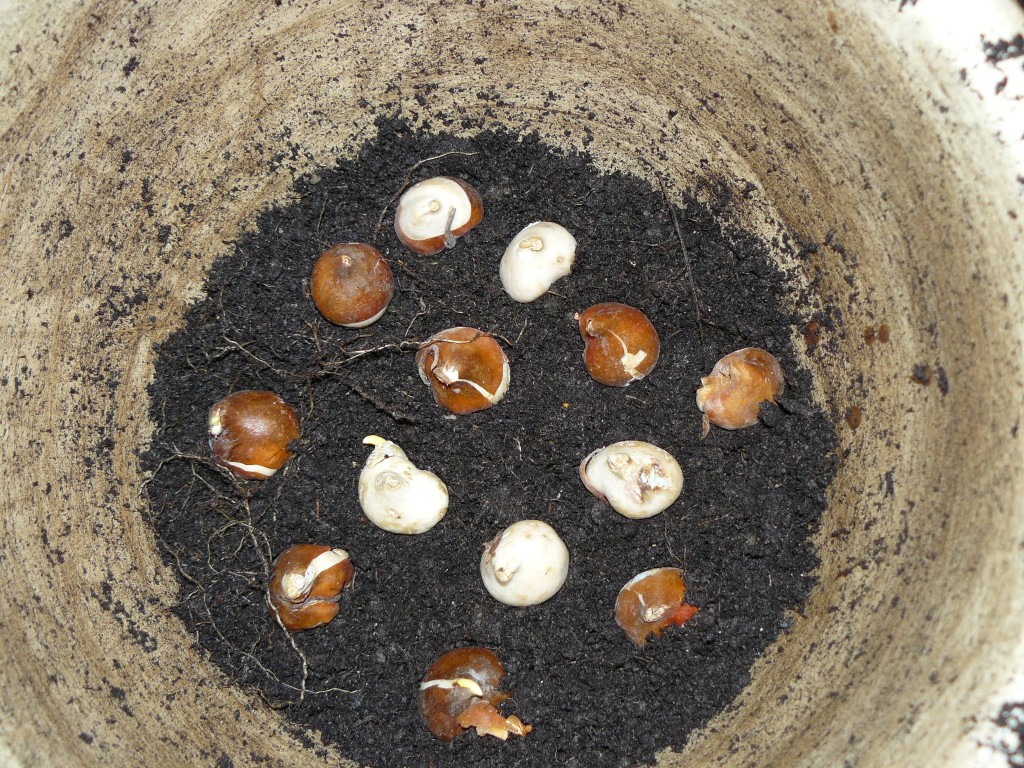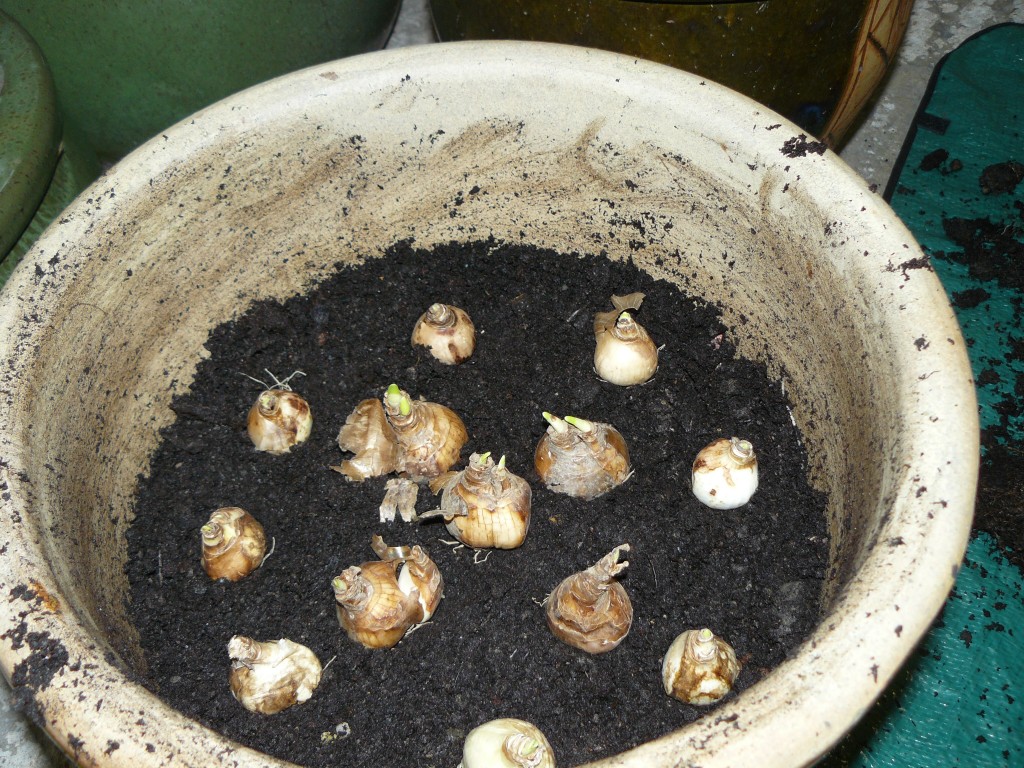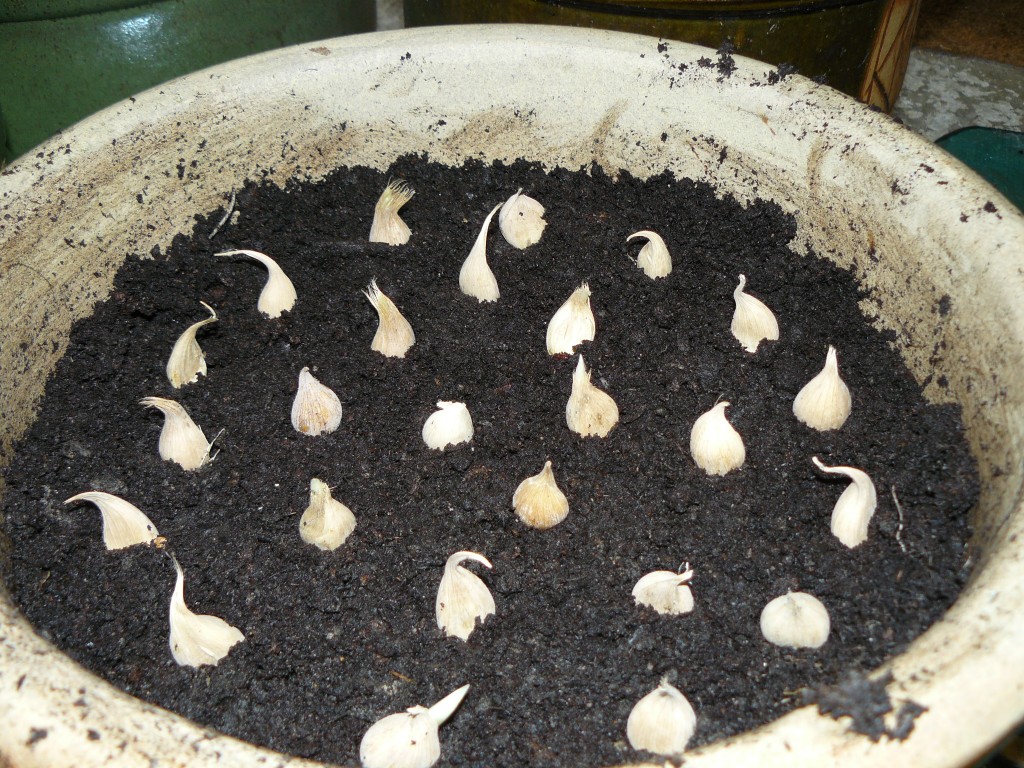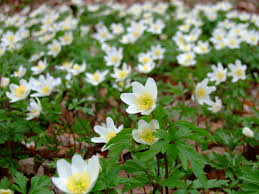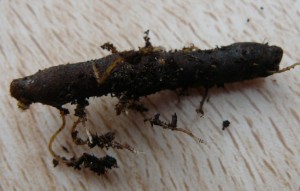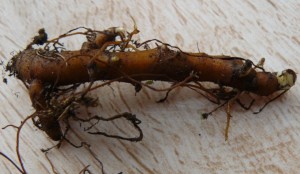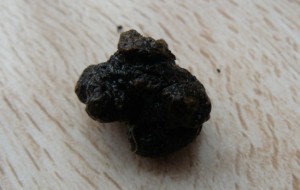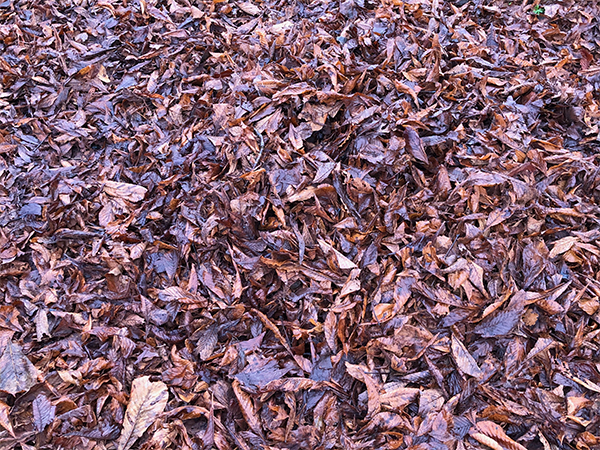
With all the wet and windy weather we’ve been having lately, the autumn leaves have been falling thick and fast, gathering in slick clumps on my patio, lawn and borders. It’s tempting to leave them be. After all, it’s the natural cycle of things, right? But there are good reasons to rake them up and recycle them in a different way.
First, they definitely need sweeping up from any hard landscaping, like paths or patios, mostly to prevent them from becoming slippy and dangerous, but also to stop them from blocking drains, which can cause flooding.
But what about the leaves on your lawn and borders?
Reasons to get raking
Too many leaves in one place will:
- block sunlight and air from getting to your plants
- trap moisture, enabling mould or disease to develop and/or causing the plants underneath to rot.
So, I rake them up and turn them into my own (free) soil improver that I can use when and where I want.
I’m not a big fan of leaf blowers. They’re noisy and use fuel. But fair enough if you’ve got a huge area and lots of leaves to clear. Given the size of my garden, my tool of choice is a sprung flat-tined garden rake. It does the job quietly and efficiently, plus raking is a fabulous way of burning calories. If I’m feeling a bit chilly, 5 minutes of raking is guaranteed to warm me up!
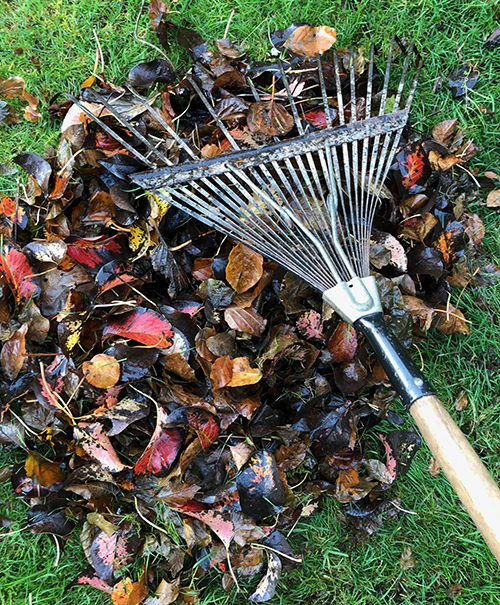
Composting
Most of the leaves that I collect end up in the compost bin. They are a terrific source of ‘brown material’ for the bin. If you don’t know what I mean by this, have a read of my blog post on Compost composition to get the the right ratio of ‘greens’ to ‘browns’.

Making leaf mulch
Another option is to make leaf mulch, which is really easy.
- Place the leaves in a black plastic bag.
- Give them a good soak (if not already wet).
- Puncture the bottom of the bag with a few holes for drainage.
- Tie the bag up and leave in a hidden corner of the garden.
The leaves will rot down into a nutritious mulch, ready for use in your borders next spring. IMPORTANT NOTE: make sure the leaves are wet before sequestering them away. I made the mistake of bagging up dry leaves the first time I tried this and nothing happened!
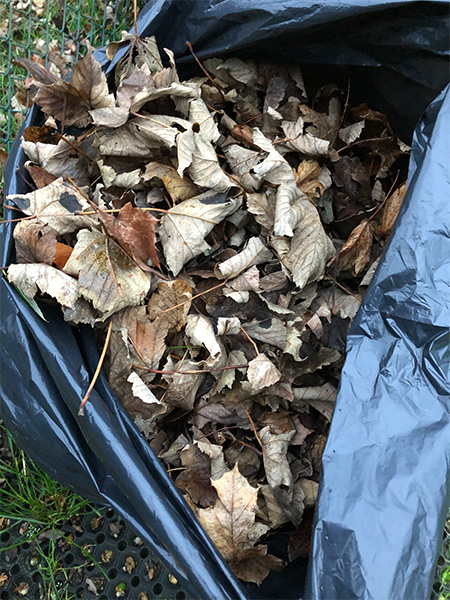
The leaves are likely to break down quicker if you chop them up into smaller pieces before bagging them. You can do this by running a mower over them first, but only do this if they are dry or they will clog up your mower!
Wildlife-friendly leaf piles
Finally, leaf piles are fabulous for attracting wildlife to your garden. They provide shelter for all sorts of animals, such as small mammals, frogs and insects, and provide a good site or materials for hibernating hedgehogs. They are also a great source of food for birds, which will flick the leaves everywhere in search of grubs and insects.
Rake the leaves into a sheltered, quiet area of the garden, so that the leaves stay dry and don’t blow around everywhere, and you won’t disturb the residents.
Happy raking!

